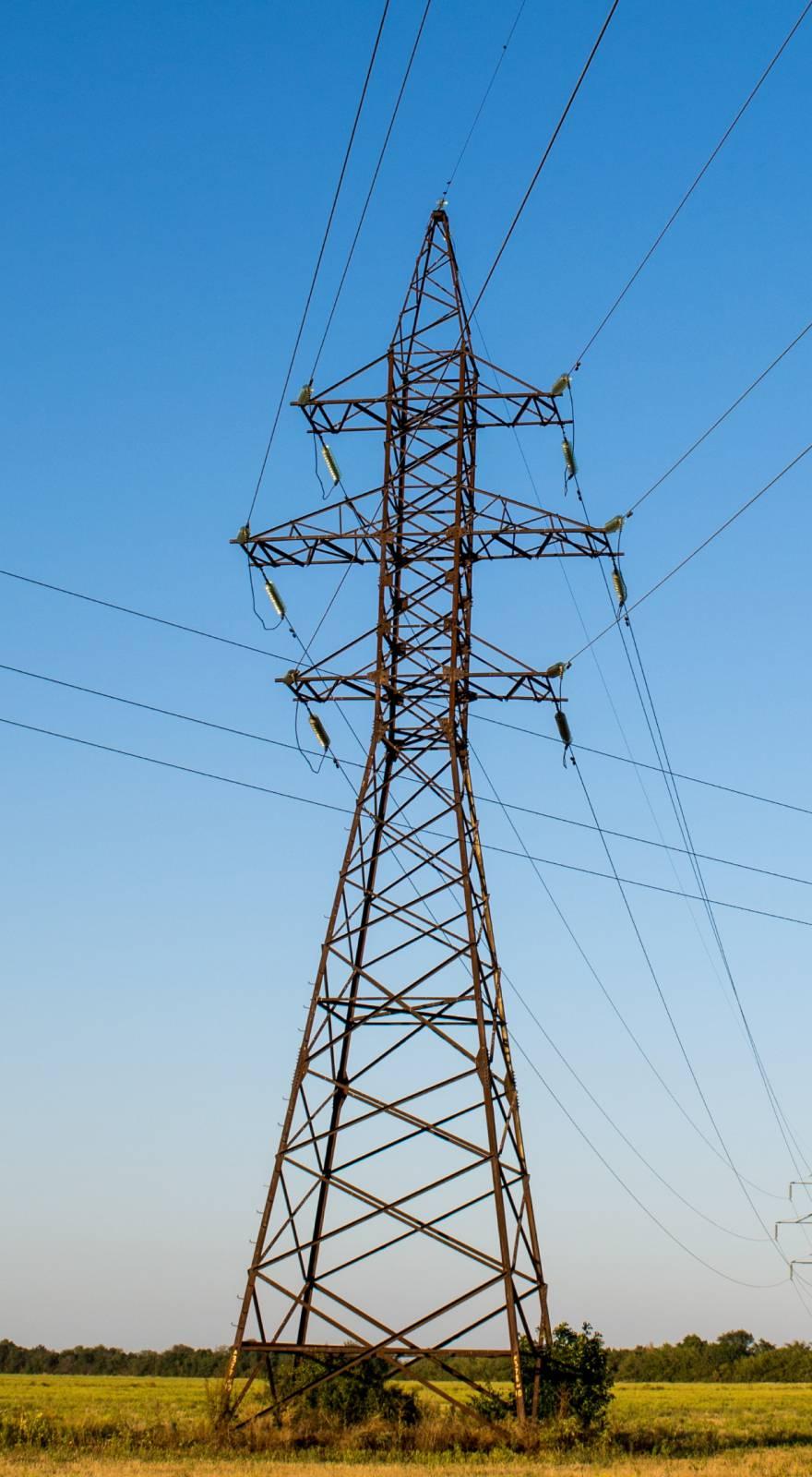Knowde Enhanced TDS
Identification & Functionality
- Chemical Family
- Composite Materials Functions
- Technologies
- Product Families
Features & Benefits
- Materials Features
- Features
Low dielectric loss (RO3003™ laminates)
• Laminates can be used in applications up to 77 GHz.
Excellent mechanical properties versus temperature
• Reliable stripline and multi-layer board constructions.
Uniform mechanical properties for a range of dielectric constants
• Ideal for multi-layer board designs with a range of dielectric constants
• Suitable for use with epoxy glass multilayer board hybrid designs
Stable dielectric constant versus temperature and frequency (RO3003 laminates)
• Ideal for band pass filters, microstrip patch antennas, and voltage controlled oscillators.
Low in-plane expansion coefficient (match to copper)
• Allows for more reliable surface mounted assemblies
• Ideal for applications sensitive to temperature change
• Excellent dimensional stability Volume manufacturing process
• Economical laminate pricing
Applications & Uses
- Applications
- Processing Guidelines
INNER-LAYER PREPARATION: Cores should be processed through inner-layer as standard. If copper roughening is required (ground or power planes), a microetch or a subtractive process oxide alternative such as Atotech’s Bondfi lm or MacDermid’s MultiBond LE should be used. Traditional additive process oxide treatments lack the thermal stability to survive the high temperature bond conditions. PTFE activation by sodium or plasma treatment should be avoided. All inner-layers should be baked at 125°C to 150°C (257°F - 302°F) for at least one hour prior to MLB bonding. PREPARATION OF MLB BOOK: RO3000 bondply layers require careful handling to avoid tearing. Pinning holes can be punched, drilled, or routed. Entry material should be used during drill or rout to shield the bondply layers from debris. Due to in-plane expansion characteristics, type 304 stainless steel separator plates are recommended. Five to ten mil thick sheets of aluminum should be placed between the multi-layers and the separator plates. Foil bonding of outer-layers is possible but a Rogers’ Technical Service Engineer should be consulted prior to processing foilbonded constructions.
- Recommended Applications
- Automotive radar applications
- Global positioning satellite antennas
- Cellular telecommunications systems - power amplifiers and antennas
- Patch antenna for wireless communications
- Direct broadcast satellites
- Datalink on cable systems
- Remote meter readers
- Power backplanes
Properties
- Typical Properties
| Value | Units | Test Method / Conditions | |
| Dielectric Constant, εr, Process | 3.00 ± 0.04 | — | IPC-TM-650 2.5.5.5 Clamped Stripline |
| Surface Resistivity | 1 x 10^7 | MΩ | IPC 2.5.17.1 |
| Dielectric Constant, εr, Design | 3 | — | Differential Phase Length Method |
| Volume Resistivity | 1 x 10^7 | MΩ-cm | IPC 2.5.17.1 |
| Dissipation Factor, tan d | 0.001 | — | IPC-TM-650 2.5.5.5 |
| Thermal Coefficient of εr | -3 | ppm/°C | IPC-TM-650 2.5.5.5 |
| Dimensional Stability - X axis | -0.06 | mm/m | IPC TM-650 2.2.4 |
| Dimensional Stability - Y axis | 0.07 | mm/m | IPC TM-650 2.2.4 |
| Tensile Modulus - X axis | 900 | MPa | ASTM D638 |
| Tensile Modulus - Y axis | 900 | MPa | ASTM D638 |
| Moisture Absorption | 0.04 | % | IPC-TM-650 2.6.2.1 |
| Specific Heat | 0.9 | J/g/°K | — |
| Thermal Conductivity | 0.5 | W/m/°K | ASTM C518 |
| Coefficient of Thermal Expansion - X Axis | 17 | ppm/°C | ASTM D3386-94 |
| Coefficient of Thermal Expansion - Y Axis | 16 | ppm/°C | ASTM D3386-94 |
| Coefficient of Thermal Expansion Z Axis | 25 | ppm/°C | ASTM D3386-94 |
| Decomposition Temperature (Td) | 500 | °C TGA | ASTM D3850 |
| Density | 2.1 | g/cm3 | — |
Technical Details & Test Data
- Bond Cycle
Temperature control is most critical between 600°F (315°C) and 700°F (371°C) during the ramp up, and between 700°F (371°C) 500°F (260°C) during the cool down. The ramp rate to 600°F (315°C) can be up to 10°F (5.5°C)/min, but the ramp from 600°F (315°C) to 700°F (371°C) should be 5°F (2.7°C)/Min. The dwell at 700°F (371°C) should be 30-60 minutes. The cooling rate to 500°F (260°C) should be at a rate of 2°F (1.1°C)/Min. An accelerated cool can be used, but materials should remain in the press until package temperatures are less than 250°F (121°C). Applied pressure will depend upon press (autoclave or fl at bed) equipment and fi ll requirements, but will probably fall into a range of 250 to 500 PSI.

